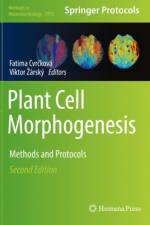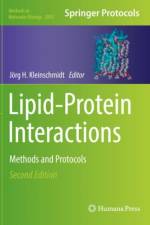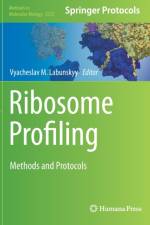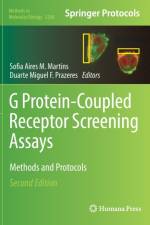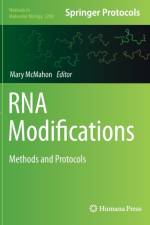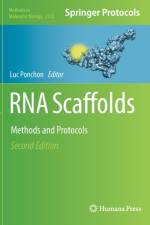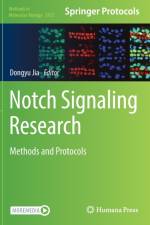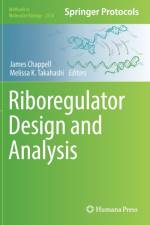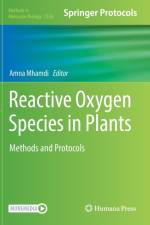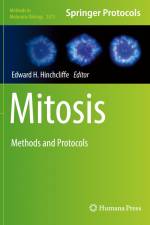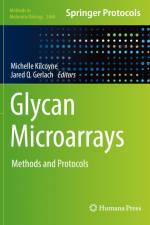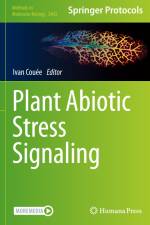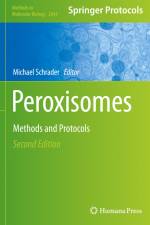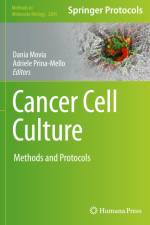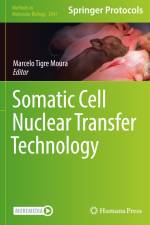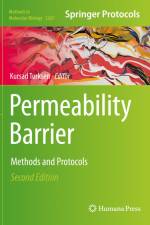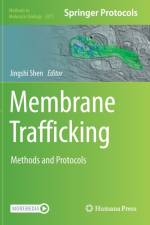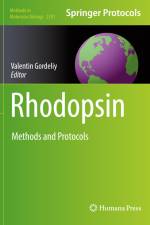2 705
1. RNP-Based Control Systems for Genetic Circuits in Synthetic Biology Beyond CRISPR Trevor. R Simmons, Andrew D. Ellington, and Lydia M. Contreras 2. Computational Design of RNA Toehold-Mediated Translation Activators Kaiyue Wu, Zhaoqing Yan, and Alexander A. Green 3. Design of RNA-Based Translational Repressors Seongho Hong, Dongwon Park, Soma Chaudhary, Griffin McCutcheon, Alexander A. Green, and Jongmin Kim 4. Design of Ribocomputing Devices for Complex Cellular Logic Griffin McCutcheon, Soma Chaudhary, Seongho Hong, Dongwon Park, Jongmin Kim, and Alexander A. Green 5. Computational Design of Small Transcription Activating RNAs (STARs) Baiyang Liu and James Chappell 6. Design and Assembly of Multi-Level Transcriptional and Translational Regulators for Stringent Control of Gene Expression F. Veronica Greco, Thea Irvine, Claire S. Grierson, and Thomas E. Gorochowski 7. Model-Based Design of Synthetic Antisense RNA for Predictable Gene Repression Tae Seok Moon 8. Design of a Toolbox of RNA Thermometers Shaunak Sen, Abhilash Patel, and Krishan Kumar Gola 9. Development of Synthetic Riboswitches to Guide the Evolution of Metabolite Production in Microorganisms Minsun Kim, Sungho Jang, and Gyoo Yeol Jung 10. Efficient Method to Identify Synthetic Riboswitches Using RNA-Based Capture-SELEX Combined with In Vivo Screening Janice Kramat and Beatrix Suess 11. RNA Design Principles for Riboswitches that Regulate RNase P-Mediated tRNA Processing Anna Ender, Peter Stadler, Mario Mörl, and Sven Findeiß 12. Design, Characterization, and Application of Targeted Gene Activation in Bacteria Using a Modular CRISPRa System Maria Claudia Villegas Kcam and James Chappell 13. Reprogramming TracrRNAs for In Vitro RNA Detection and In Vivo Transcriptional Recording Chunlei Jiao and Chase L. Beisel 14. Harnessing CRISPR-Cas9 for Epigenetic Engineering Rosa S. Guerra-Resendez and Isaac B. Hilton 15. RNA Structure Prediction, Analysis, and Design: An Introduction to Web-Based Tools Raphael Angelo I. Zambrano, Carmen Hernandez-Perez, and Melissa K. Takahashi 16. Single-Molecule FRET Studies of RNA Structural Rearrangements and RNA-RNA Interactions Ewelina M. Małecka, Boyang Hua, and Sarah A. Woodson 17. Cotranscriptional RNA Chemical Probing




